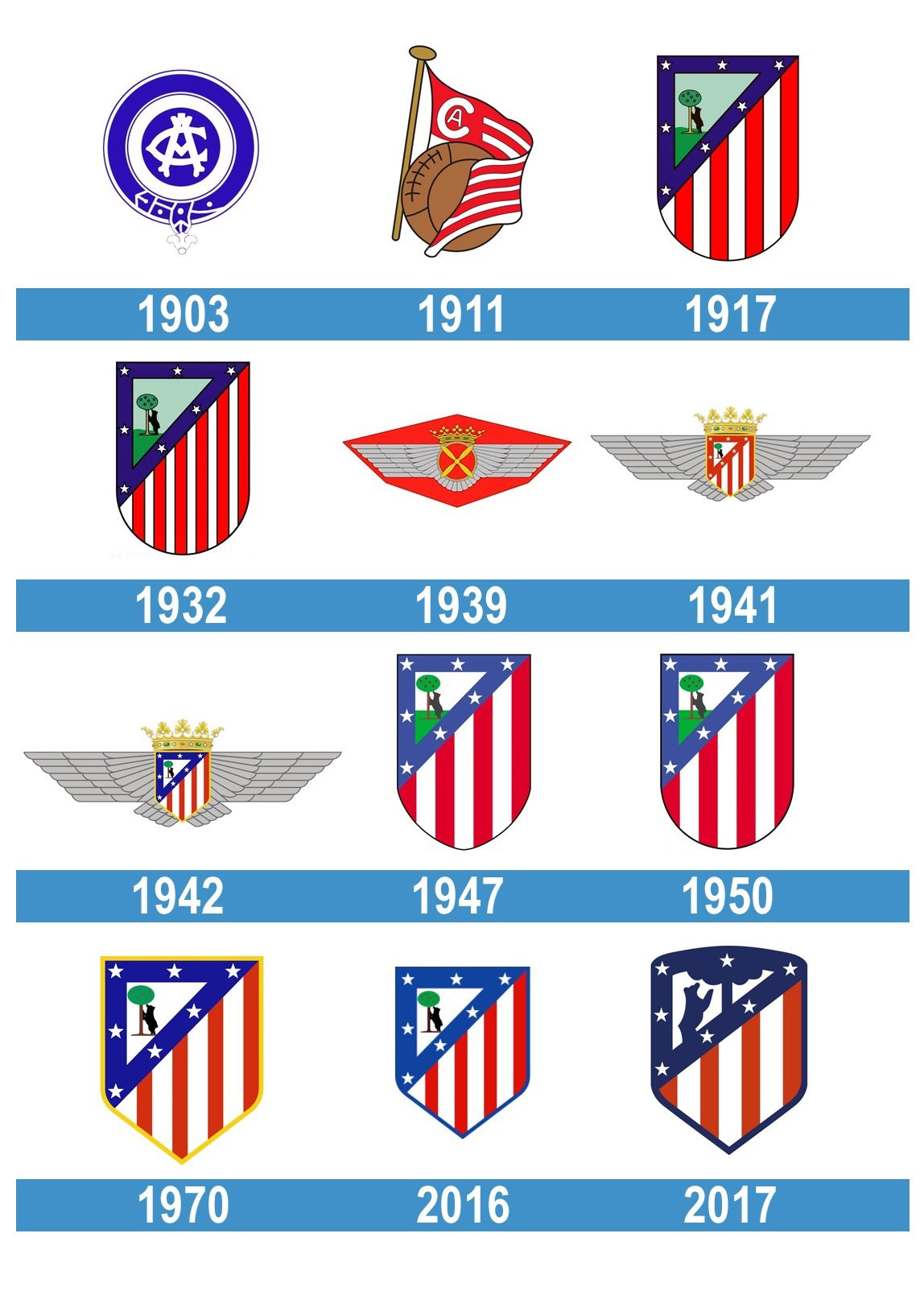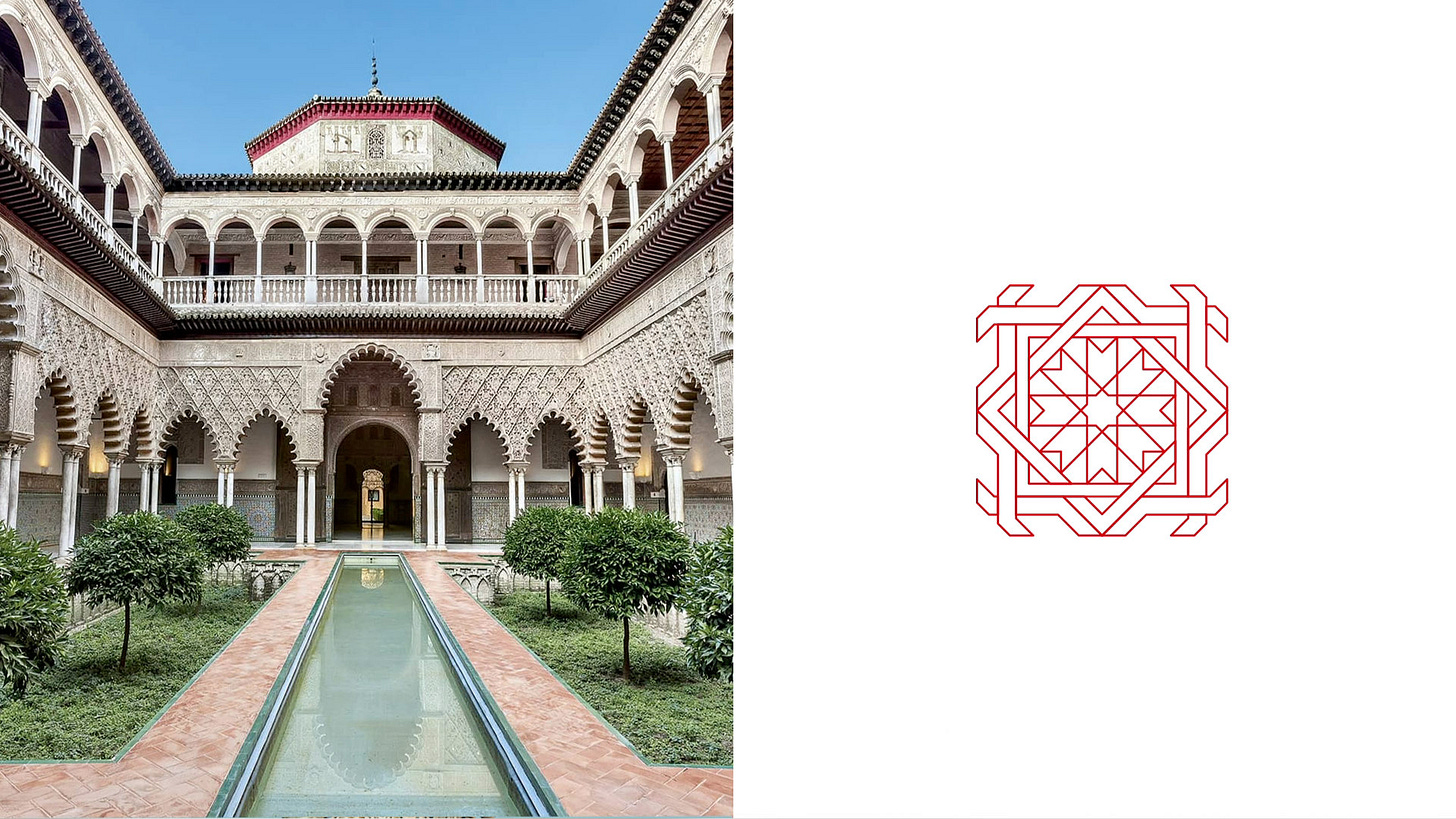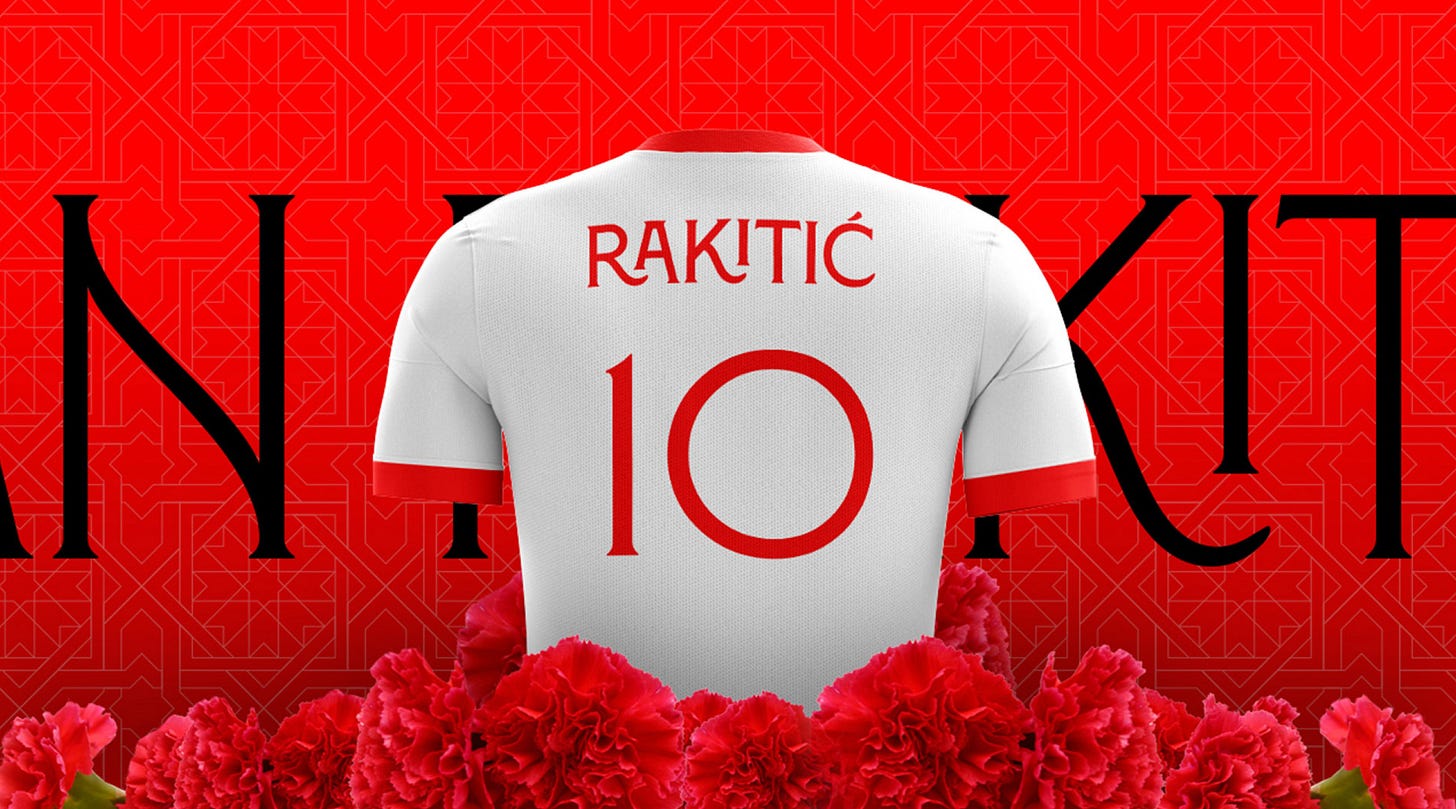📢 nutmeg fc #10
Today: Betis vs Sevilla, the derby of creativity.
Something is happening creatively in the city of Seville and I'm not referring to the jump from Sevilla to Betis of Isco Alarcón, one of the most creative Spanish players of the last decade.
Coincidence or causality, the branding work done by the two clubs is among the best in the world. The consequence is in the value of their brands, which is only behind the three giants (Real Madrid, FC Barcelona and Atlético de Madrid) in LaLiga's ranking.
The curious thing is that Sevilla and Betis manage to reach these levels of excellence following completely different strategies, but no less brilliant for that.
Sevilla FC: the owner of the city.
Practically every club has changed its crest several times throughout its history. It's not new. However, this is the age of nostalgia and anything the club wants to change from history is met with furious resistance.
For example, Atletico Madrid changed their crest ten times in their history, but only the eleventh, in 2017, was unacceptable to the fans.
What is indisputable is that football fans love the classics and Sevilla FC knows this. So, when they wanted to do a rebranding, in collaboration with the agency Summa, they didn't go in pursuit of new trends, but rather delved into the past. But not only in its own history, but also in that of the city.
Why? Because Sevilla's objective goes beyond football. It seeks to generate an indivisible link with the city that gives them their name. It does not want to be the best club in the city, but the only one. That, when someone thinks of the Andalusian capital, they inevitably think of the club. To this end, it already had the competitive advantage of sharing the name with the city, but with the rebranding it also took over the visual identity.
They chose a typeface strongly linked to the history of the city, a colour palette that uses both the red of the club and the city's flag, and worked with historians to develop icons, patterns and textures inspired by architectural elements of Seville.
And it is the visual identity that ends up defining the storytelling of Sevilla FC, which will inevitably be linked to the epic and idiosyncratic nature of Seville.
The final result is art.
Real Betis Balompié: a brand in action.
Betis decided to go down a completely different path. It did its rebranding last year, with the agency Accenture Song, but focused more on hygiene issues. Simplifying elements such as the crest, and tidying up other elements such as the colour palette. They played it safe and delivered despite the fact that, as expected, some fans were angered by the tweaks to the crest.
Perhaps in the visual identity they have been too conservative, but it is in the action where the storytelling of the Betis brand stands out and distinguishes itself.
Their communication is a lot more informal than most of the institutional communications of football clubs, something more akin to the Andalusian way of being, which was enhanced because they had a player with an infinite spark like Joaquín Sánchez. We'll have to see if they manage to maintain this freshness now that the player number 17 has hung up his boots.
But this is only the starting point. Just as Sevilla's aim seems to be to conquer the city, Betis' aim seems to be to conquer the hearts, and to achieve this they use their strength and popularity to promote sensitive causes such as ecology and inclusion.
Betis is the second most sustainable football club in the world, only behind Forest Green Rovers, a club that puts ecology as its number one priority. In addition, Betis created Forever Green, a platform for different companies to help ecology through football. When they say " live green" they are not just talking about the colour of the jersey.
Another outstanding initiative was The World's Most Inclusive Match, which was carried out with the NGO Integrated Dreams and the World Football Summit. This match was attended by 1740 people with functional diversity (a world record), they incorporated different inclusive elements in the stadium (such as cognitive accessibility tools) and, to give more visibility, the footballers went out onto the pitch with the names and numbers of their jersey in Braille.
This kind of initiatives make Betis a more approachable, sincere and loveable club. And this is not my opinion, but the result of an online poll by the Marca newspaper, which ranked Betis as the most loved team in LaLiga, followed by Real Sociedad and Cádiz. Sevilla finished second to last.
Surely, the Betis fans will celebrate the win and say they would celebrate "manque pierda" (even if they lose). And the Sevillistas will say they don't care about this poll. They have the city and seven Europa Leagues.









